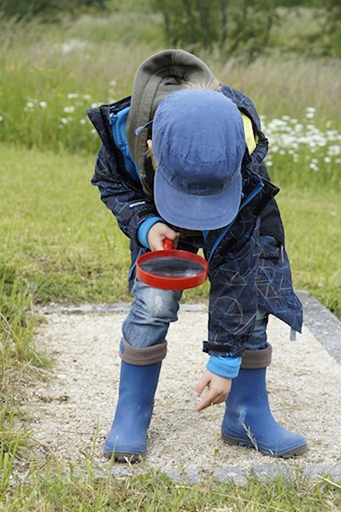2.3 Noticing small things
Another of Zandee’s (2013) dimensions of inquiry requires us to pay attention to the ‘small things’ (p. 77). Doing this requires us to intentionally slow down, allowing the space to focus on the unexpected and extraordinary, and to explore their significance. A small deviation from an expected pattern, a moment of clarity amid a seemingly insignificant moment – each of these things allows us to ‘attend to the budding stories and silenced voices’ that might pose new questions and lead our inquiry in new directions (p. 78).
Activity 4 Paying attention to small things
Return to your chosen image again, this time pausing to consider what you missed at first. Look specifically for the ‘small things’ that are not immediately obvious – a character or an object, the way characters are positioned or how the environment is structured.
Do any of these suggest alternative stories or give voice to different characters?
Make some notes on your responses to this reflective question.
As you look back at your responses to the activities you have completed so far, you will notice that a single image can generate more than one story. As you immerse yourself in a context, you begin to see beyond the obvious, beyond the dominating narratives, to notice things that were not immediately apparent and to recognise alternative perspectives. These things are important parts of this phase of appreciative inquiry.

